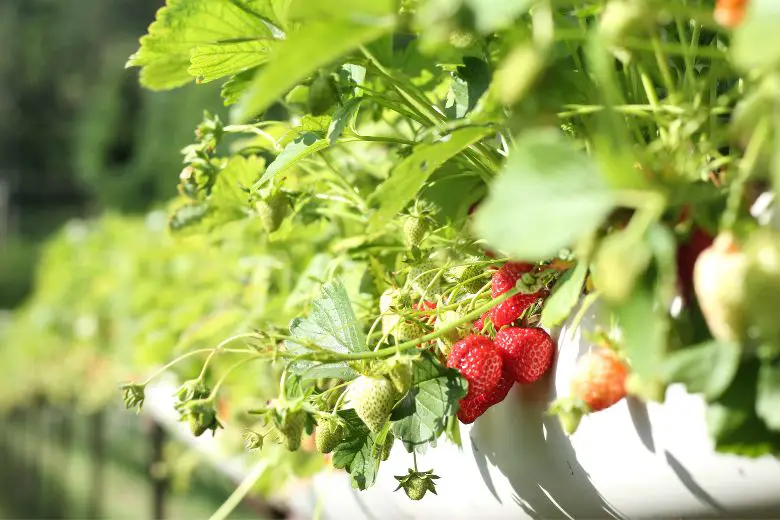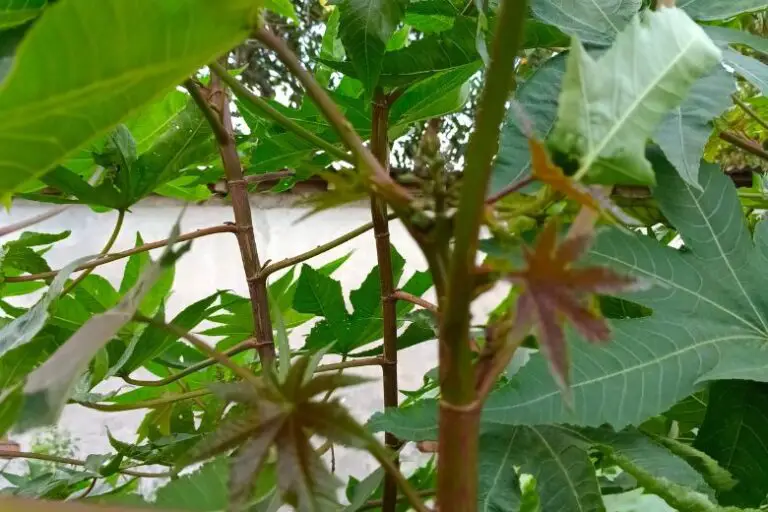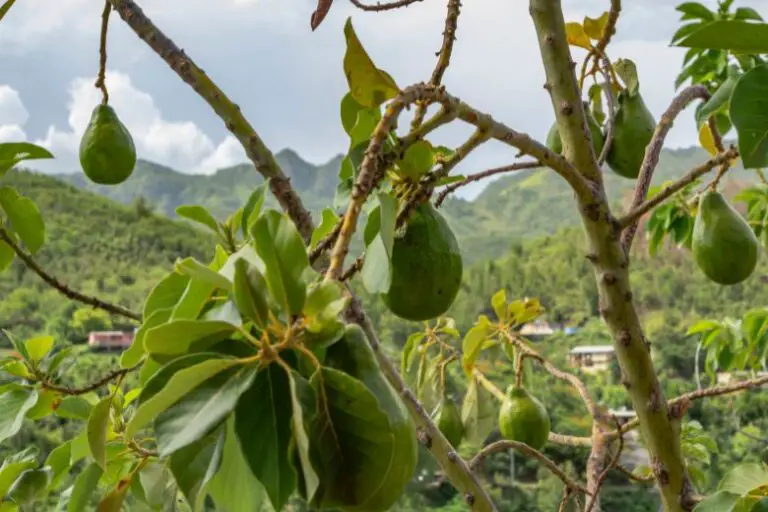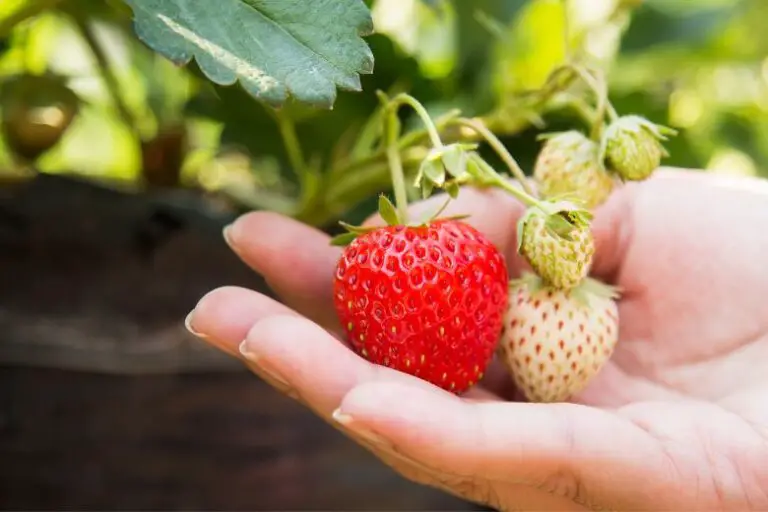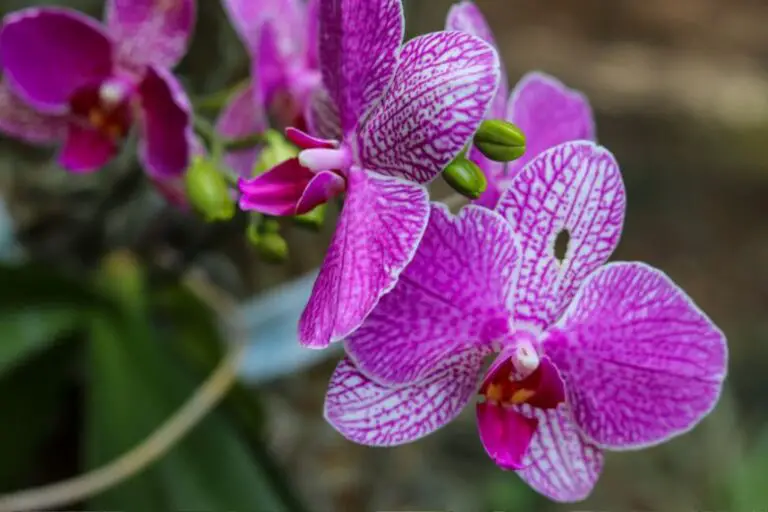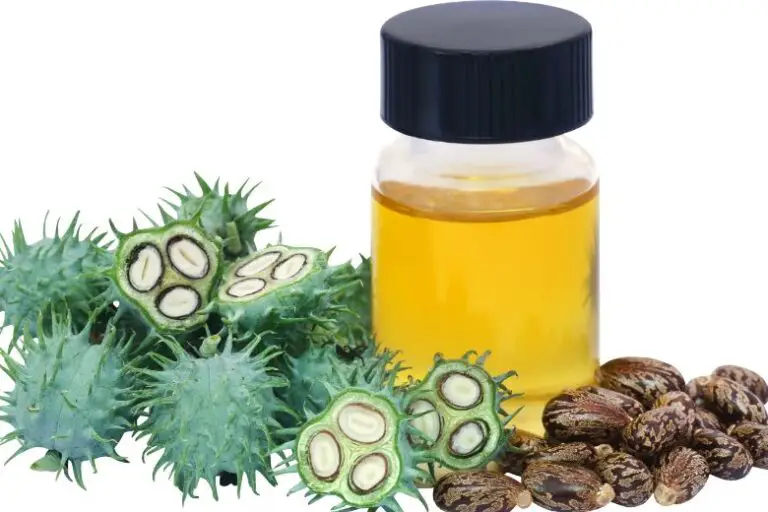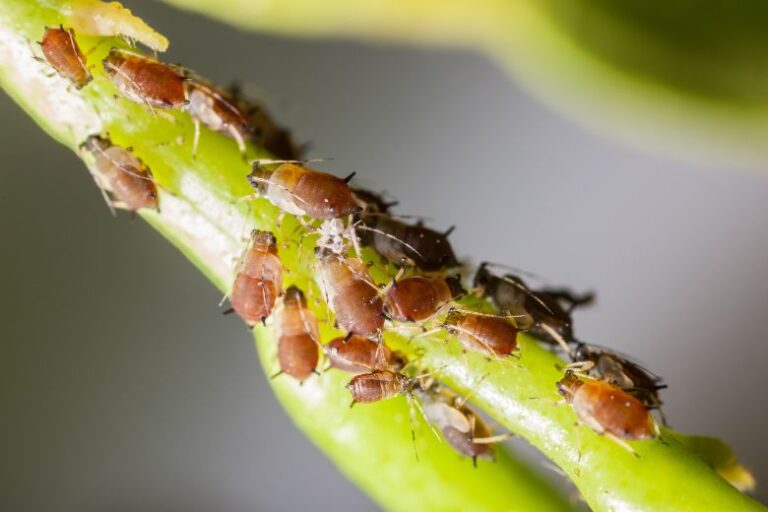How to Grow Juicy Strawberries in Indiana
Strawberries are a delightful addition to any garden, and Indiana’s climate offers a suitable environment for their growth. By following these comprehensive guidelines, you can successfully cultivate juicy strawberries that are sure to be the envy of your neighborhood.
Choosing the Perfect Strawberry Varieties
Selecting the right strawberry varieties for your Indiana garden is crucial. Opt for cultivars that are well-suited to the climate and soil conditions of the region, such as June-bearing varieties like ‘Allstar’ and ‘Earliglow,’ or everbearing varieties like ‘Tristar’ for extended harvest periods.
Preparing the Ideal Growing Site
Strawberries thrive in well-draining soil and full sun exposure. Choose a location in your garden that receives at least 6-8 hours of sunlight per day. Ensure good air circulation to prevent diseases and provide a gentle slope for proper drainage.
Soil Preparation and Amendments
Before planting, test your soil’s pH and make necessary adjustments to achieve a slightly acidic pH level of around 6.0-6.5. Incorporate organic matter like compost to improve soil structure and fertility, promoting strong root development.
Planting Your Strawberry Patch
Plant strawberries in early spring or late summer. Space the plants about 12-18 inches apart in rows, ensuring the crown is at soil level. Water the plants immediately after planting to help them establish their roots.
Mulching for Moisture and Weed Control
Apply a layer of straw or mulch around the plants to retain moisture, suppress weed growth, and prevent soil-borne diseases. This also helps in maintaining an even soil temperature.
Proper Watering Techniques
Keep the soil consistently moist but not waterlogged. Water the plants at their base to avoid wetting the foliage, which can lead to fungal issues. Consider using a drip irrigation system for efficient watering.
Fertilizing Your Strawberry Plants
Feed your strawberries with a balanced, slow-release fertilizer after the first month of planting. Avoid over-fertilization, as it can lead to excessive foliage growth at the expense of fruit production.
Controlling Pests and Diseases
Regularly inspect your plants for signs of pests and diseases. Use organic methods like neem oil or insecticidal soap to deter pests. Proper spacing and air circulation can also help prevent disease.
Runner Management for Increased Yield
Strawberry plants produce runners that can be left to root and form new plants or removed to focus energy on fruit production. Prune runners as needed to maintain plant vitality and encourage larger berries.
Ensuring Winter Protection
Mulch your strawberry plants with straw or leaves before the first frost to protect them from freezing temperatures. This layer of insulation will help your plants survive the winter and thrive the following spring.
Harvesting Ripe and Flavorful Strawberries
Harvest your strawberries when they are fully red, plump, and slightly soft to the touch. Gently twist the berries to detach them from the stem. Enjoy the sweet rewards of your hard work!
Enjoying Your Homegrown Strawberries
There’s nothing quite like the satisfaction of savoring strawberries you’ve grown yourself. Whether enjoyed fresh, in desserts, or as preserves, your homegrown strawberries will provide a burst of flavor.
Common Mistakes to Avoid
- Overcrowding plants
- Neglecting pest management
- Ignoring soil preparation
- Improper watering techniques
Conclusion
Growing strawberries in Indiana can be an exciting and fulfilling endeavor. With careful planning, proper care, and a touch of patience, you can relish the taste of homegrown strawberries while basking in the joy of a successful garden.

